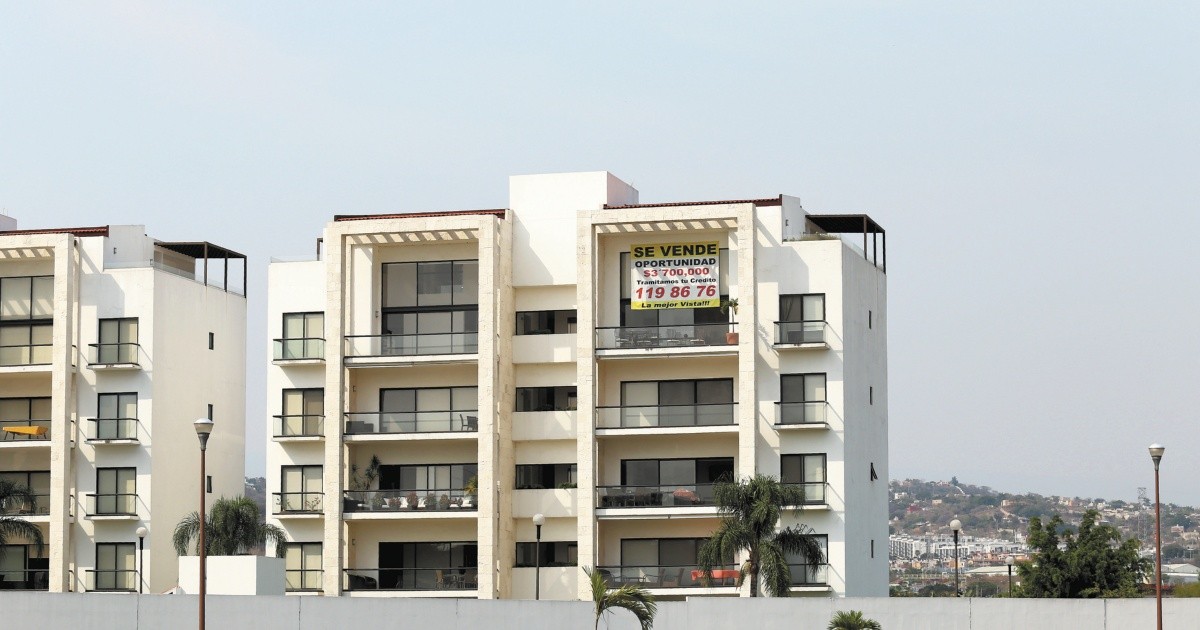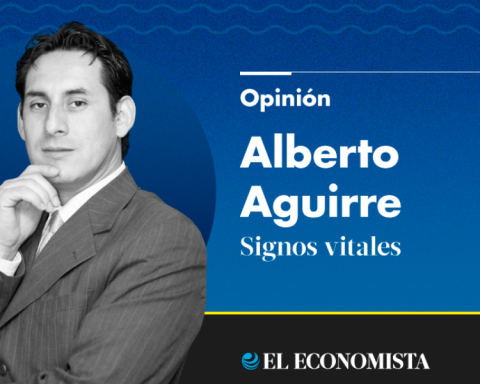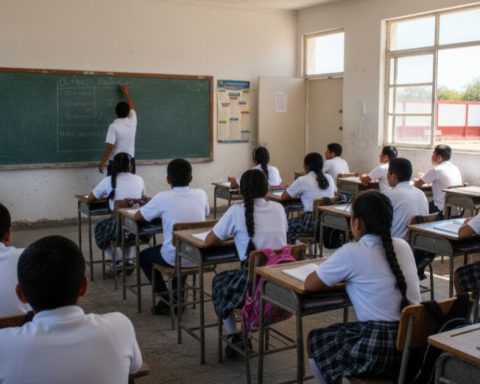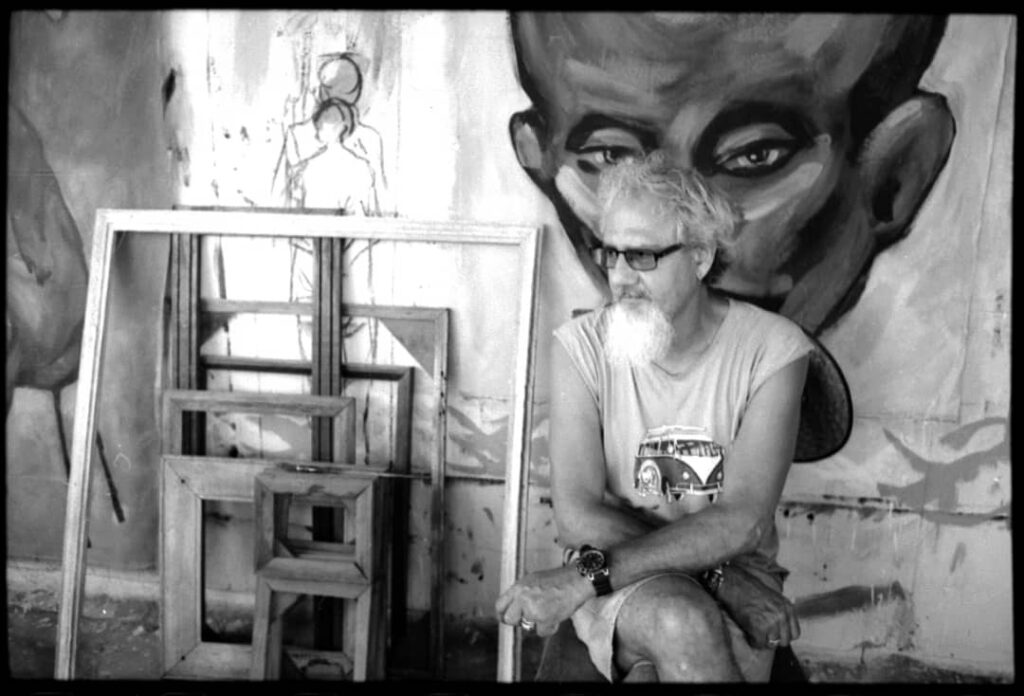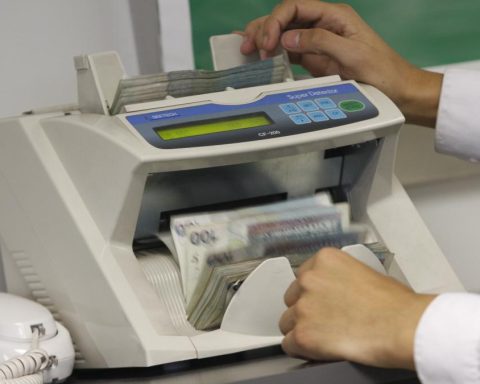In the context of the commemoration of Earth Day, a date established by the United Nations Organization (UN), Mexico advances in the development of works with a sustainable and sustainable approach.
In the country, there are currently about 2,000 commercial works with LEED certification, which represents 32.5 million square meters of gross leasable area, according to data from Lamudi.
“In addition to having the purpose of not generating pollutants and taking advantage of the environment to be increasingly efficient, sustainable buildings bring economic benefits to the areas where they are built, since they improve their surplus value and improve their habitability by a large percentage,” he explained. Daniel Narváez, Vice President of Marketing at Lamudi.
Certifications, guarantee seal in works
For Lamudi, the health emergency due to Covid-19 gave way to changes in the way of living, working, studying and even building, especially through environmental and wellness certifications.
“Although sustainable architecture is not something new, the contingency forced us to rethink what the future we want is,” said Lamudi regarding Earth Day.
“This is perhaps the best moment to reflect on how a positive ecological impact can be obtained within the real estate market, said impact can be achieved through sustainable architecture, which more and more developers are applying in their projects in various cities of the republic. Mexican”.
How to measure the efficiency of a property?
Currently, in the real estate sector there is a set of parameters that measure the efficiency of the use of resources, energy savings and even comfort and healthy conditions for users.
By complying with the established standards, the developments achieve certifications, among the most recognized are LEED and wellness.
“The LEED certification distinguishes real estate projects that have demonstrated a commitment to sustainability by meeting the highest performance standards in energy efficiency and low impact on the environment,” explained Biconstrucción y Energía Alternativa.
“It is developed by the US Green Building Council and is the best recognition worldwide in the sustainable construction industry.”
For Lamudi, although sustainable architecture, one that takes into account the environment and the materials used for its construction, is not a new modality in the industry, it does allow promoting energy efficiency and that these buildings do not generate unnecessary energy expenditure. and take advantage of the resources in your environment.
In the case of the Well certification, a system for measuring the performance of the built environment in the health and well-being of property users, it takes three concepts as a reference: the behavior, operation and design of the building.
“According to experts, at the end of 2021, there were only two real estate projects in Mexico with Well certification, that is, that take care of 10 categories required to promote well-being and improve user productivity,” according to Lamudi.
The elements to be met by a property to achieve the well-being guarantee are:
● Air
● Water
● Movement
● Materials
● Thermal comfort
● Lighting
● Sound
● Nutrition
● Mind
● Community
Source: Lamudi
For Bioconstruction, the certifications are not only elements of efficient use of resources or comfort for the occupants, but also represent economic efficiency for the operators.
According to data from Bioconstruction, buildings with LEED certifications achieve an average saving of 36% in energy, 48% less water consumption, which infers a saving of 36% in operating expenses.
“LEED has established itself as the largest evaluation system for sustainable buildings in the world with nearly 80,000 participating projects around 162 countries, including more than 32,500 certified commercial projects,” according to Bioconstruction.
